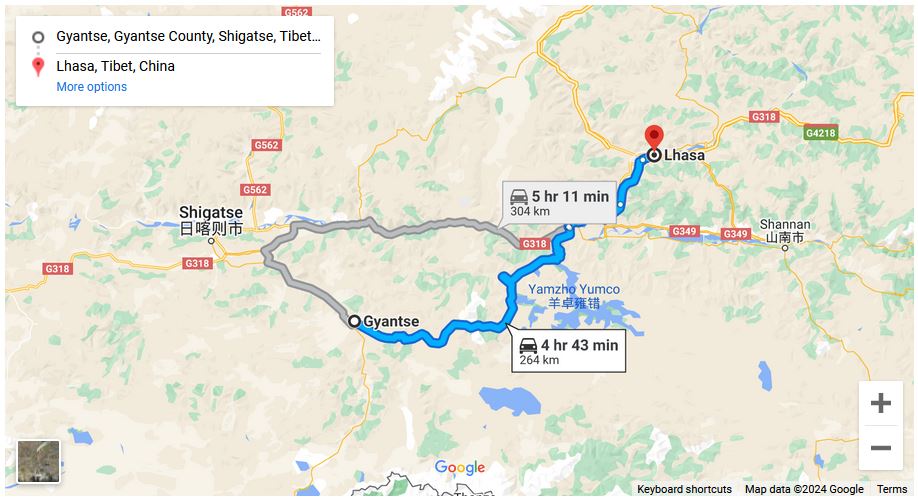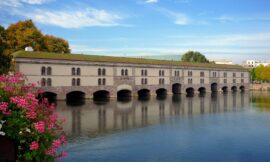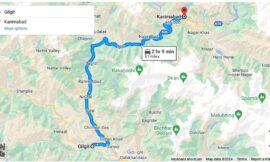The journey from Gyantse to Lhasa is a remarkable passage through the heart of Tibet, characterized by a blend of rich cultural heritage, breathtaking landscapes, and the spiritual ambiance that defines this high-altitude region. Departing from the historic town of Gyantse, travelers embark on a road journey that unveils ancient monasteries, expansive plateaus, and ultimately leads to the sacred city of Lhasa.
Gyantse, with its Pelkor Chode Monastery and Gyantse Dzong, stands as a testament to Tibet’s cultural and historical significance. As travelers leave Gyantse, the road unfolds amidst the vast Tibetan Plateau, offering panoramic views of the surrounding Himalayan ranges. The journey is marked by the ever-changing landscapes, from arid plateaus to stretches of barley fields and nomadic settlements.
One of the notable landmarks along the route is the Yamdrok Lake, a sacred body of water nestled between the towering peaks. The turquoise expanse of the lake, framed by prayer flags and surrounded by snow-capped mountains, creates a serene and mystical atmosphere. Travelers often pause to appreciate the beauty of Yamdrok Lake and the cultural importance it holds in Tibetan spirituality.
Continuing the journey, the road leads through high mountain passes, where prayer flags flutter in the wind, carrying prayers and mantras to the heavens. The stark beauty of the plateau, dotted with yaks and nomadic herders, showcases the resilience of life in this harsh and remote environment. Travelers may encounter yak caravans transporting goods, a scene that resonates with the timeless traditions of the Tibetan Plateau.
The route also takes travelers through the Karola Glacier, a majestic ice formation that descends from the glaciers of the Noijin Kangsang mountain. The sheer grandeur of the glacier against the backdrop of the Tibetan landscapes adds to the awe-inspiring nature of the journey.
As the road descends into the Kyichu Valley, travelers catch their first glimpses of the iconic Potala Palace on the outskirts of Lhasa. The Potala Palace, a UNESCO World Heritage Site, stands as an architectural marvel and a symbol of Tibetan Buddhism. Perched on the Red Hill, the palace has served as the winter residence of the Dalai Lama and is a focal point of Tibetan spiritual and cultural identity.
Lhasa, the capital city of the Tibet Autonomous Region, beckons travelers with its vibrant energy and historical treasures. The city is home to numerous monasteries, including the Jokhang Temple, one of the holiest sites in Tibetan Buddhism. Pilgrims from all corners of Tibet converge on Lhasa, and the Barkhor Street, encircling the Jokhang Temple, bustles with activity as people engage in ritual circumambulation and trade in the market stalls.
The journey from Gyantse to Lhasa is not merely a physical traverse but a spiritual pilgrimage through the heart of Tibetan culture. The architectural marvels, cultural treasures, and the enduring spiritual aura of Lhasa make it a destination that transcends the ordinary. Accommodations in Lhasa cater to a diverse range of preferences, from traditional Tibetan-style guesthouses to modern hotels.
In conclusion, the road from Gyantse to Lhasa is a transformative journey that encapsulates the essence of Tibet. From the historic town of Gyantse, through the high-altitude plateaus, to the sacred city of Lhasa, travelers experience the profound beauty, cultural richness, and spiritual significance that make Tibet a destination like no other. The journey leaves an indelible mark, inviting travelers to immerse themselves in the timeless allure of the Roof of the World.


